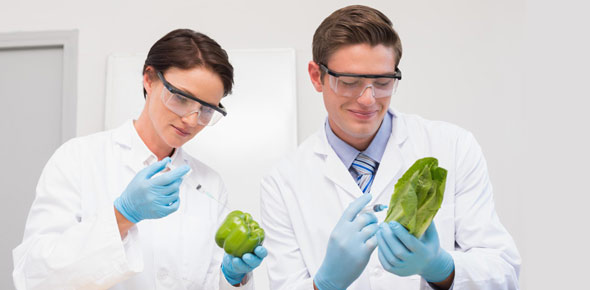Carbohydrates and Sugars: Nutritional Science and Health Impacts
- ISO 22000
- HACCP
- FDA
2.
You may optionally provide this to label your report, leaderboard, or certificate.
×
Thank you for your feedback!
















